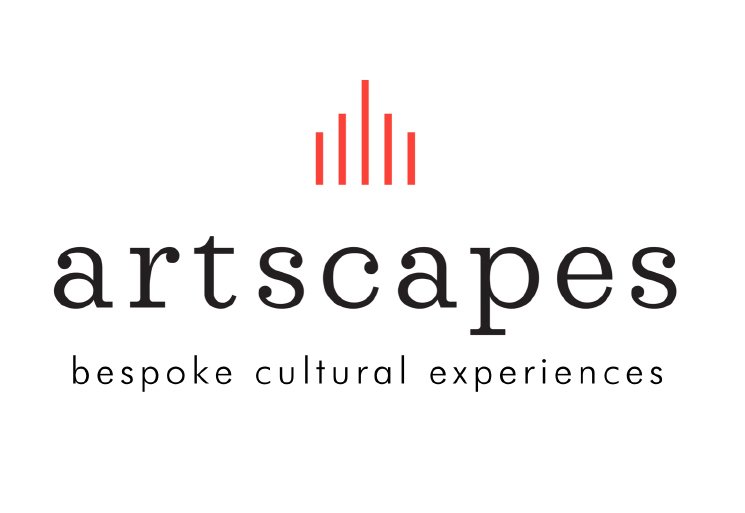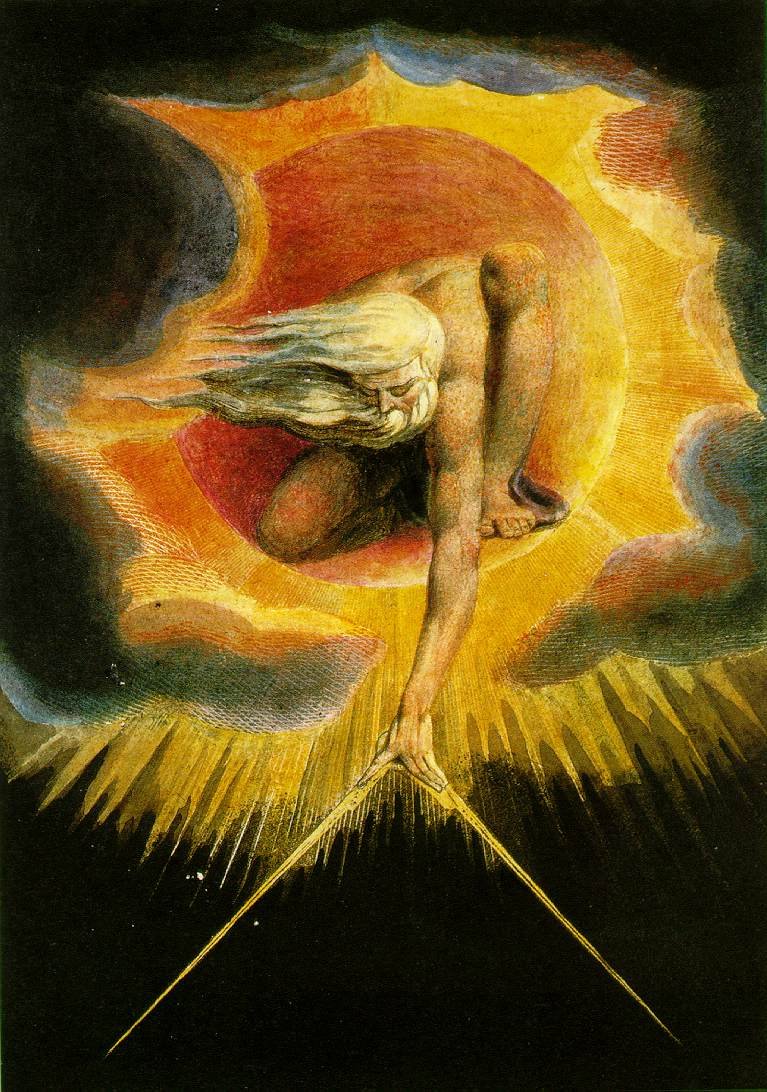
The Greatest Storytellers of the 19th century:
Seeking Modernity
The Greatest Storytellers of the 19th century: Seeking Modernity
Released: Autumn 2021
8 part series
The 19th century tells a long and extraordinary story. Change is afoot in all walks of life. It is a whirlwind of productivity and creativity but also of shocking drama. In this series, Rose Balston will dive deep into the lives and works of just a few artists practicing in this tumultuous time: among others Vigée Le Brun, Canova, Goya, William Blake, the Pre-Raphaelites and Whistler. Through their art, Rose will explore the social, political, economic and religious upheaval that challenged every sector of society.
This was an age of revolution, war, thrumming industry, colonialization and Darwinism. Grappling to come to terms with these unprecedented cultural shifts, artists fought for change - armed just with a brush or chisel, plus hope for a better future. As they sought out new forms of expression we will witness heroic, disturbing, visionary, melancholic, bold, innovative and dazzlingly modern paintings and sculpture. And as ideas bounced back and forth between England, France, Italy and Spain, we’ll see how this thoroughly exciting period of art completely reinvigorated the role of the artist in the modern world.
Buy Individual Lectures from the Series:
-
Alongside the French Revolution of 1789, a cultural revolution was also brewing - the emergence of the female painter and the story of artistic equality. Élisabeth Vigée Le Brun and Adélaïde Labille-Guiard are thrilling examples of female success in a man’s world. They take the official institutions by storm and defy convention at every step of the way.
In the tumultuous lead-up to the opening years of the 19th century, their story is the perfect way to set the scene for this series. With upheaval churning all around them, we’ll question the way they depicted the Marie Antoinette and the royal family in a time of unprecedented change. We’ll look at their attitudes to the shifting role of motherhood, and above all, how they used the self-portrait to show the world that women artists could provide fresh perspectives for a new artistic future.
-
The Revolution has happened; Marie Antoinette and Louis XVI have been beheaded. First Consul Bonaparte becomes the first Emperor of France. In this role of power, how does he utilize the arts? How could he – and his wider family - wield centuries of cultural heritage to their own gain? In this talk, Rose will explore the artists working with the Bonaparte family, with a particular focus on Italian sculptor Canova.
Morphing the imperial rulers into ancient mythological gods and goddesses, Canova’s sculptures are some of the most exquisitely crafted – and most influential - pieces of neoclassical art from the 19th century.
-
The Napoleonic Wars send shockwaves across Europe. As the carnage continues, hope for a better future is squashed by political turmoil, social upheaval and industrial change. With this comes the first murmurings of Romanticism in art – an emphasis on emotion and individualism. As seeds grow in England and Spain, over the next two weeks we’ll review both William Blake and Francisco Goya as they desperately try to find a new reality through art.
This episode, William Blake. We remember him as a visionary, a man who lived in a parallel universe to our own. But the more we dive into his output, the more we see he was a man of his time. A reformer on every level – socially, politically, spiritually and artistically. He spent a lifetime fighting for what he believed was a better future - and his chief weapon was the arts.
-
As we leave the Napoleonic Wars behind, we turn to Victorian Britain and the impact of colonization and industrialization on art. As entrepreneur Thomas Cook floods imaginations with tales of far-off lands, artists from Britain pour into the Middle East on the newly launched steam-boat. Inspired by the prospect of the Holy Land and a thrilling vibe of exoticism, the Middle East had an exponential impact on the development on European art.
Our particular focus for this talk will be on William Holman Hunt and John Frederick Lewis. Through Lewis’s sumptuous canvases and Holman Hunt’s moralizing tales, we’ll explore the term “Orientalism” and what the age of industry meant for artists who sought adventure in the 19th century.
-
Francisco Goya – should we seen him as an Old Master, or the first Master of Modernity? One minute a successful, famous painter for the Spanish Royal Court. The next, someone so disillusioned with his world that he attempts to obliterate it through paint. In the thick of the Peninsular War and a Spain rife with death, famine and disease, Goya began to ask completely novel questions on what it was to be human.
The results are shocking and frightening, but also deeply profound and meaningful to us today. Till the end of time his messages will resound, forcing us to reconsider our lives and our role in this world.
-
As the roots of Blake and Goya take hold, 19th century France witnesses an extraordinary upsurge of Romanticism. Liberty, equality and the rights of man were the ambitions of the day. Spearheaded by Théodore Géricault and Eugène Delacroix, the new Romantic style captured the mood of heightened emotions, activism and rebellion that was pulsating across the country.
Themes of heroism, self-sacrifice and solidarity fill their canvases. Géricault’s Raft of the Medusa and Delacroix’s Liberty Leading the People exemplify – better than any other works of this period - all the progressive aspirations of the day. They are wildly dramatic and romantic pieces of art that are the culmination of decades of struggling for political freedom.
-
In this talk we’ll focus on the bad boys of the Victorian art world: the Pre-Raphaelite brotherhood, a gathering of student revolutionaries determined to re-shape the cultural face of Britain. As industrialization drastically changed the face of the cities around them John Everett Millais, William Holman Hunt and Dante Gabriel Rossetti searched for beauty and truth in their artistic heritage.
Settling on the style of art before Raphael, they charged the mood of 15th century paintings with morals of modernity bound up in the exquisite beauty of the natural world. Themes of sex, gender, poetry, myth and aestheticism are explored through these often overlooked, exquisitely painted canvases.
-
In our final talk of this series, we delve deeper into the theme of aestheticism and how this style of art takes us to the brink of modernity. J.A.M Whistler leads the way. An egoist, an eccentric and always embroiled in scandal. A rival in wit to his friend Oscar Wilde and the man attacked by Ruskin for ‘flinging a pot of paint in the public’s face’. A follower of John Everett Millais and the inventor of the painted ‘symphony’ and ‘nocturne’.
Travelling between Paris and London, we’ll see the impact of Whistler’s combative paintings on both sides of the Channel. Throughout we’ll explore some of the most iconic works of the 19th century. We’ll look at the enormous impact he had on the bright and thrilling future of cultural modernity and most importantly how he forced the world to question the very nature of art itself.








